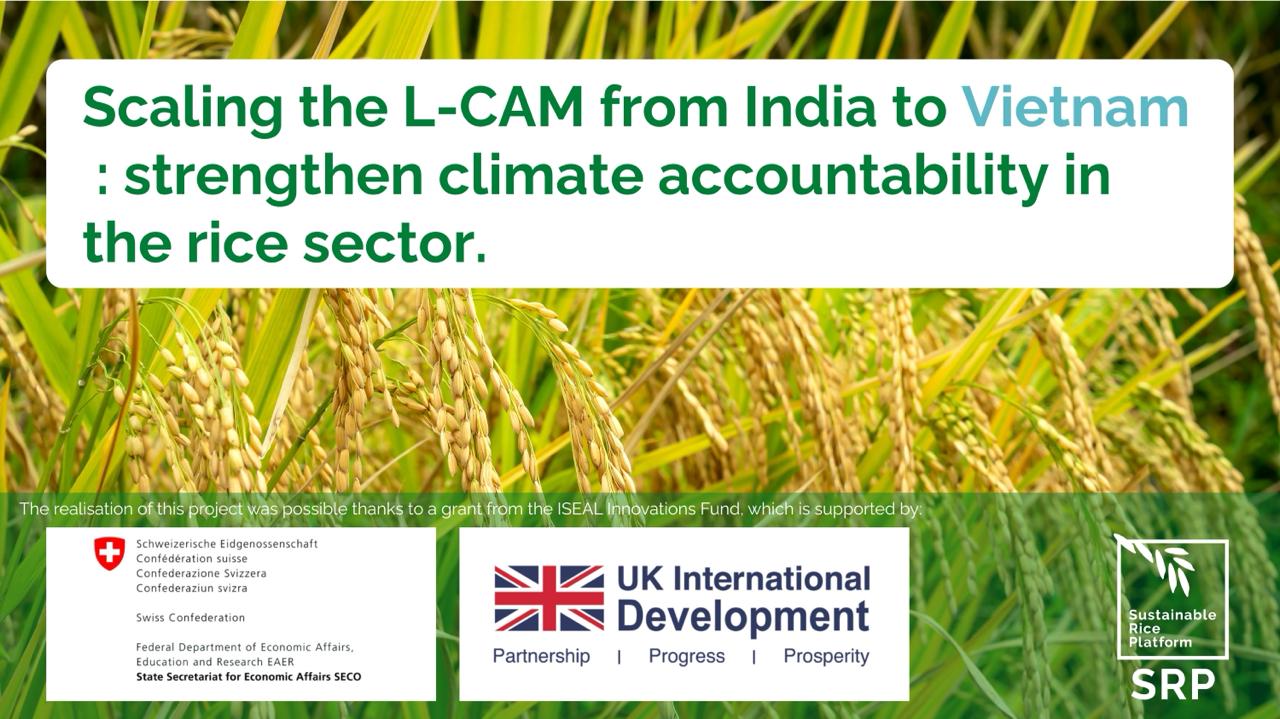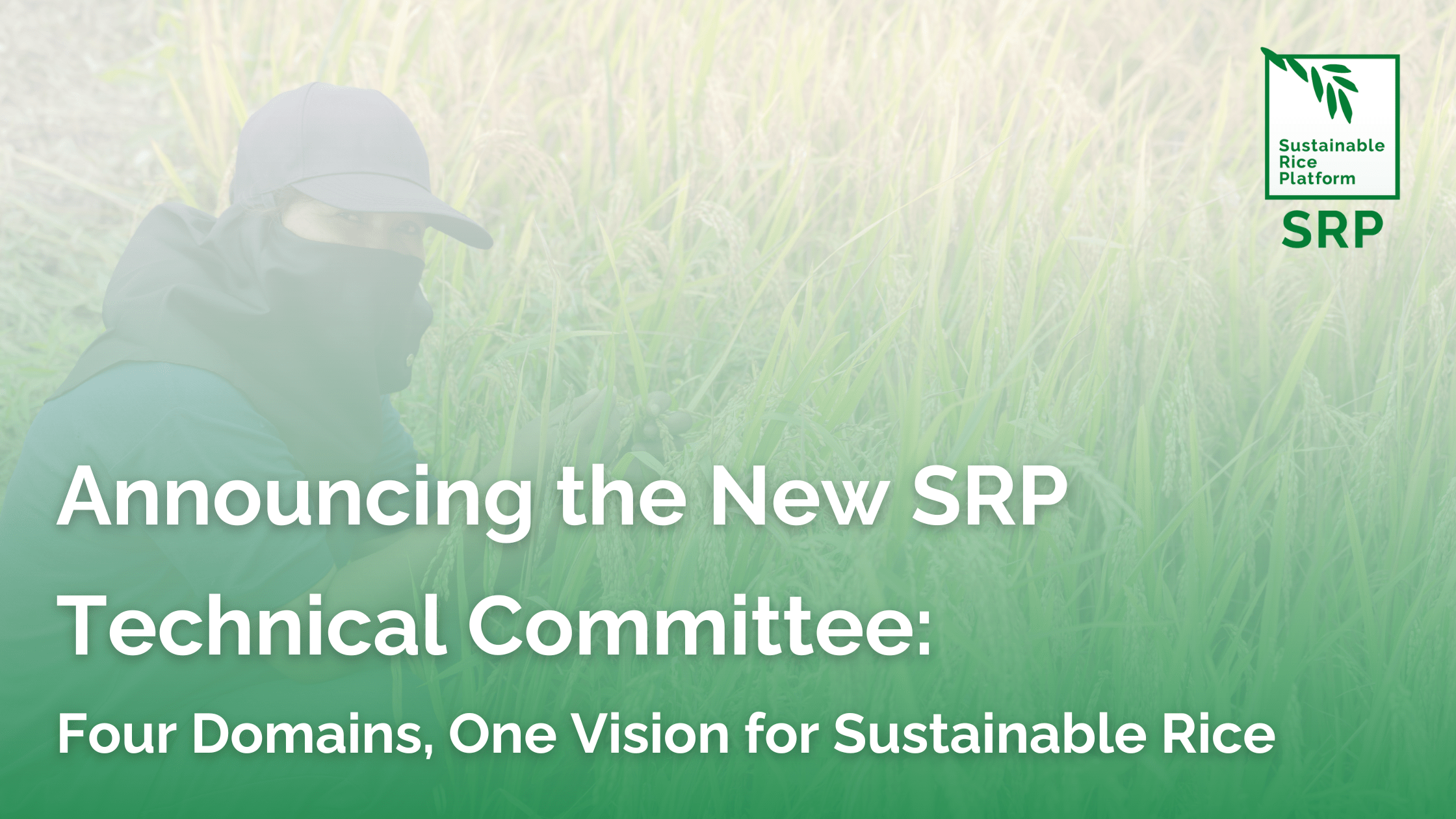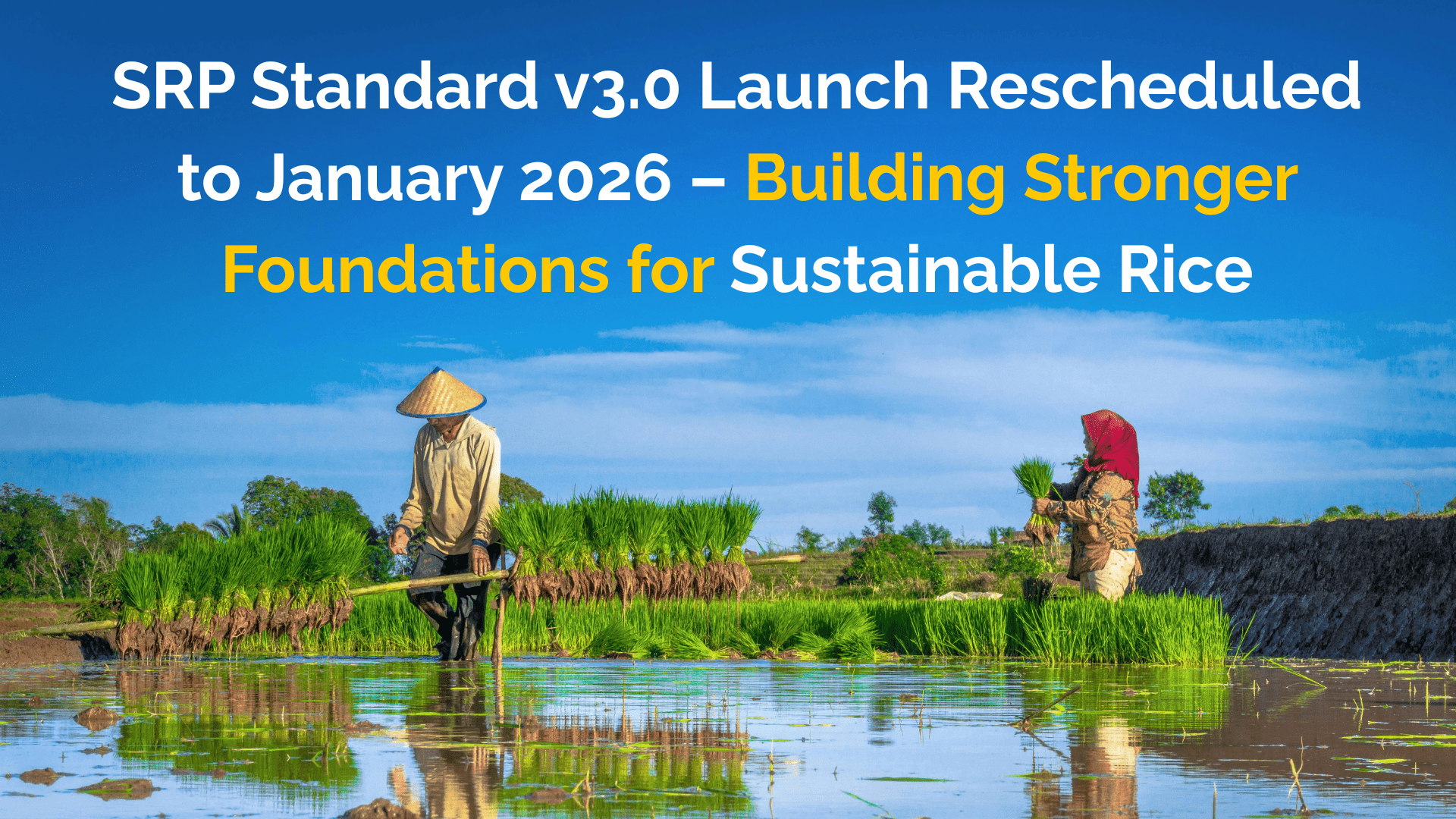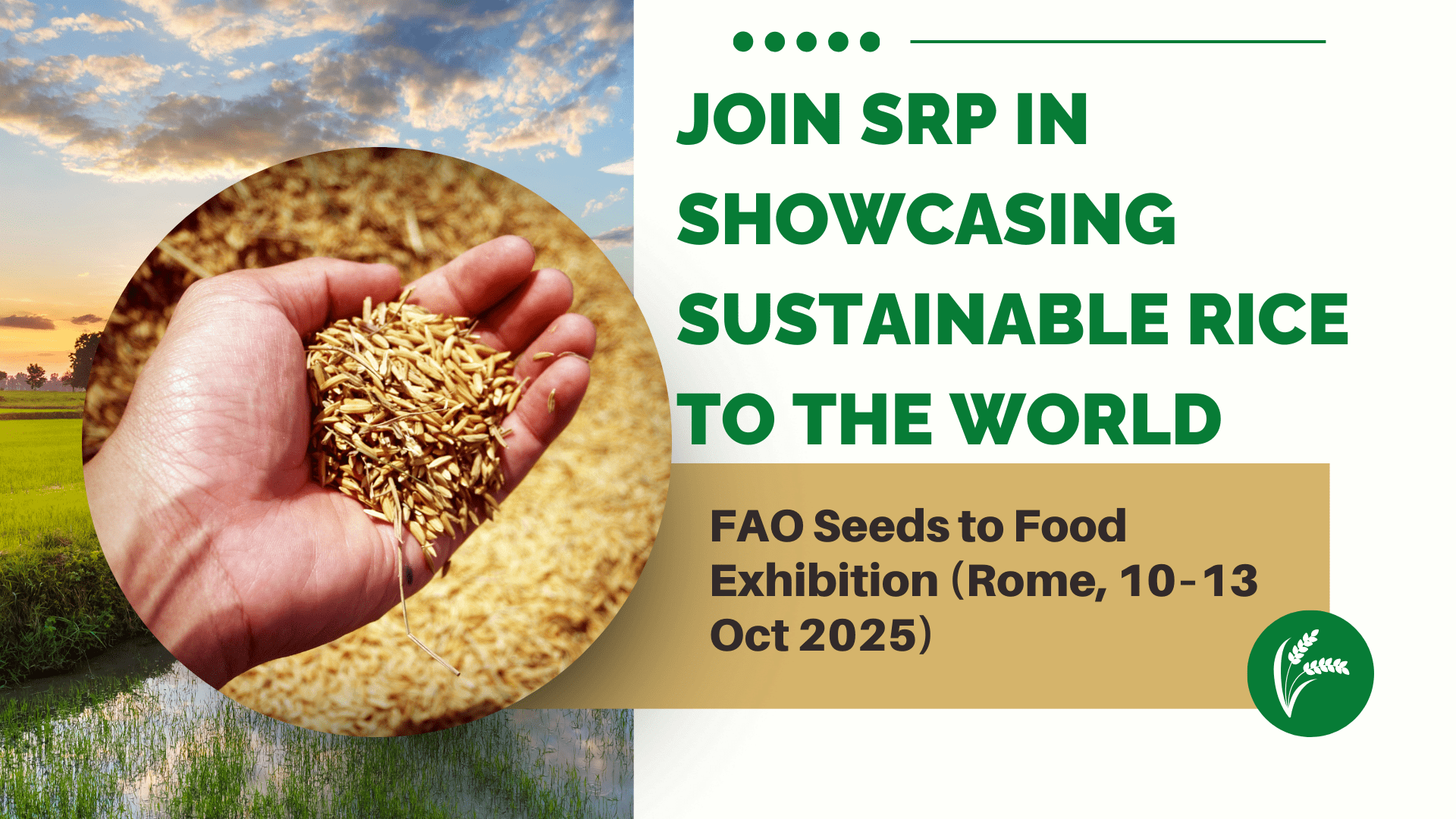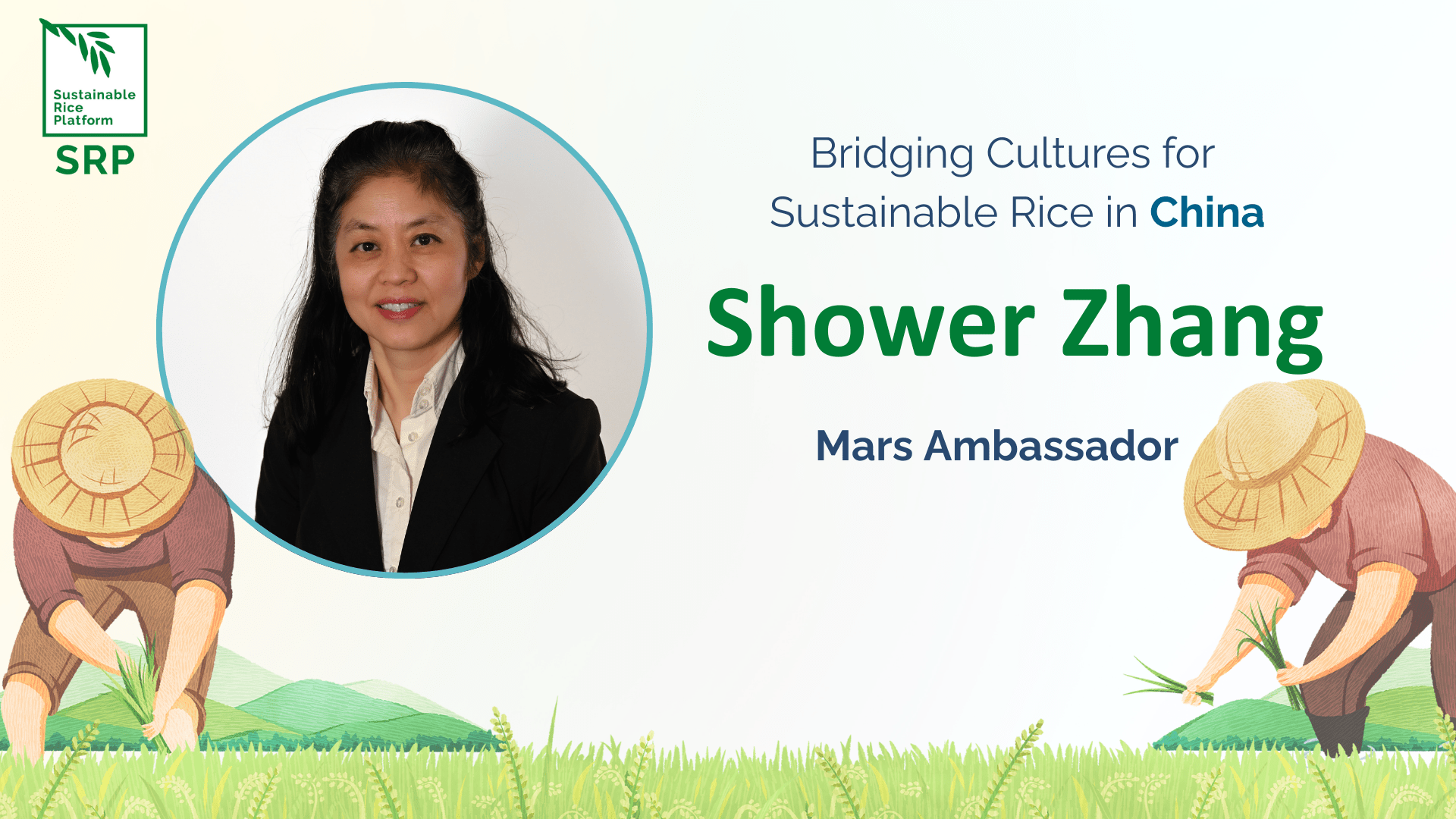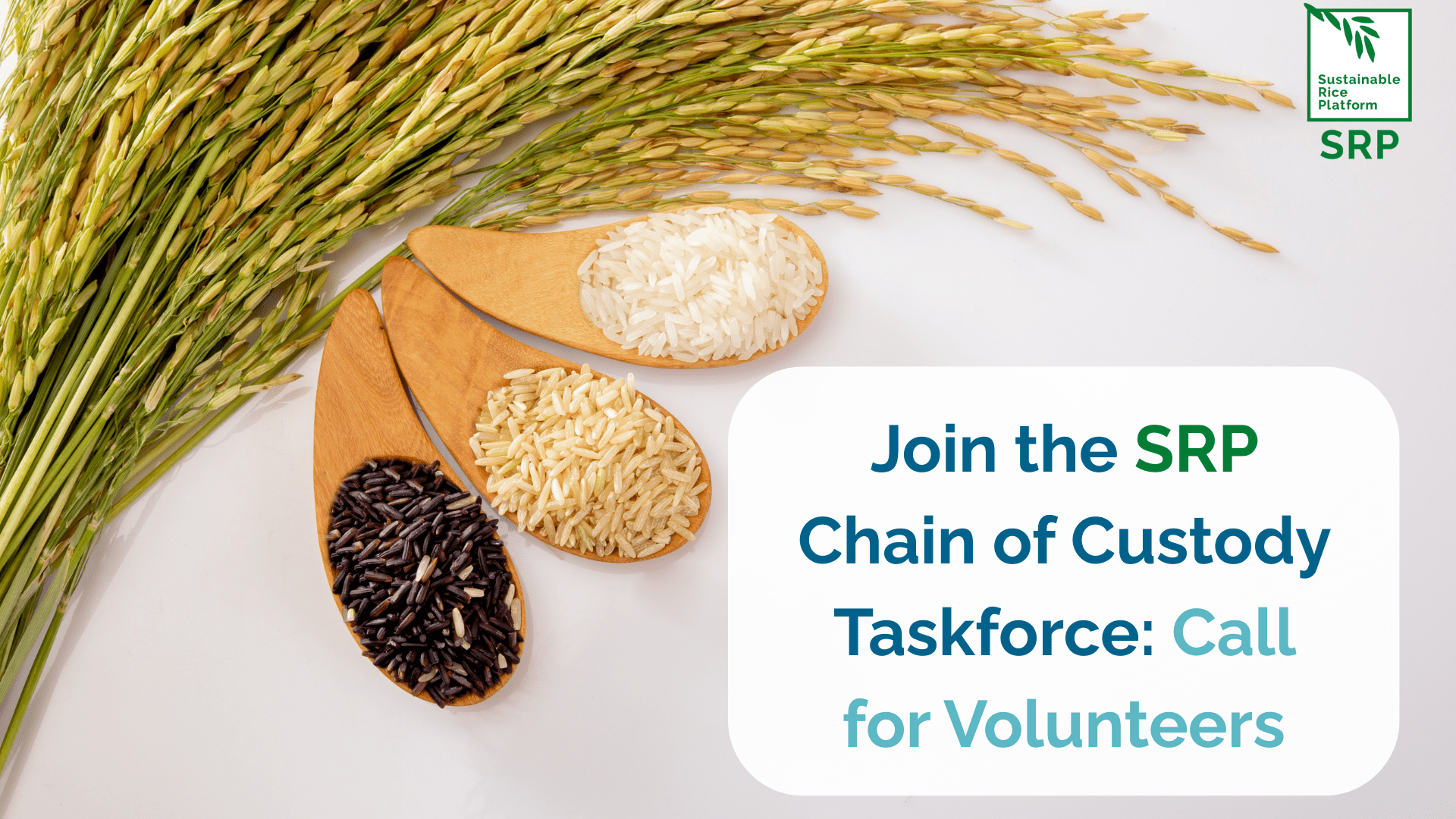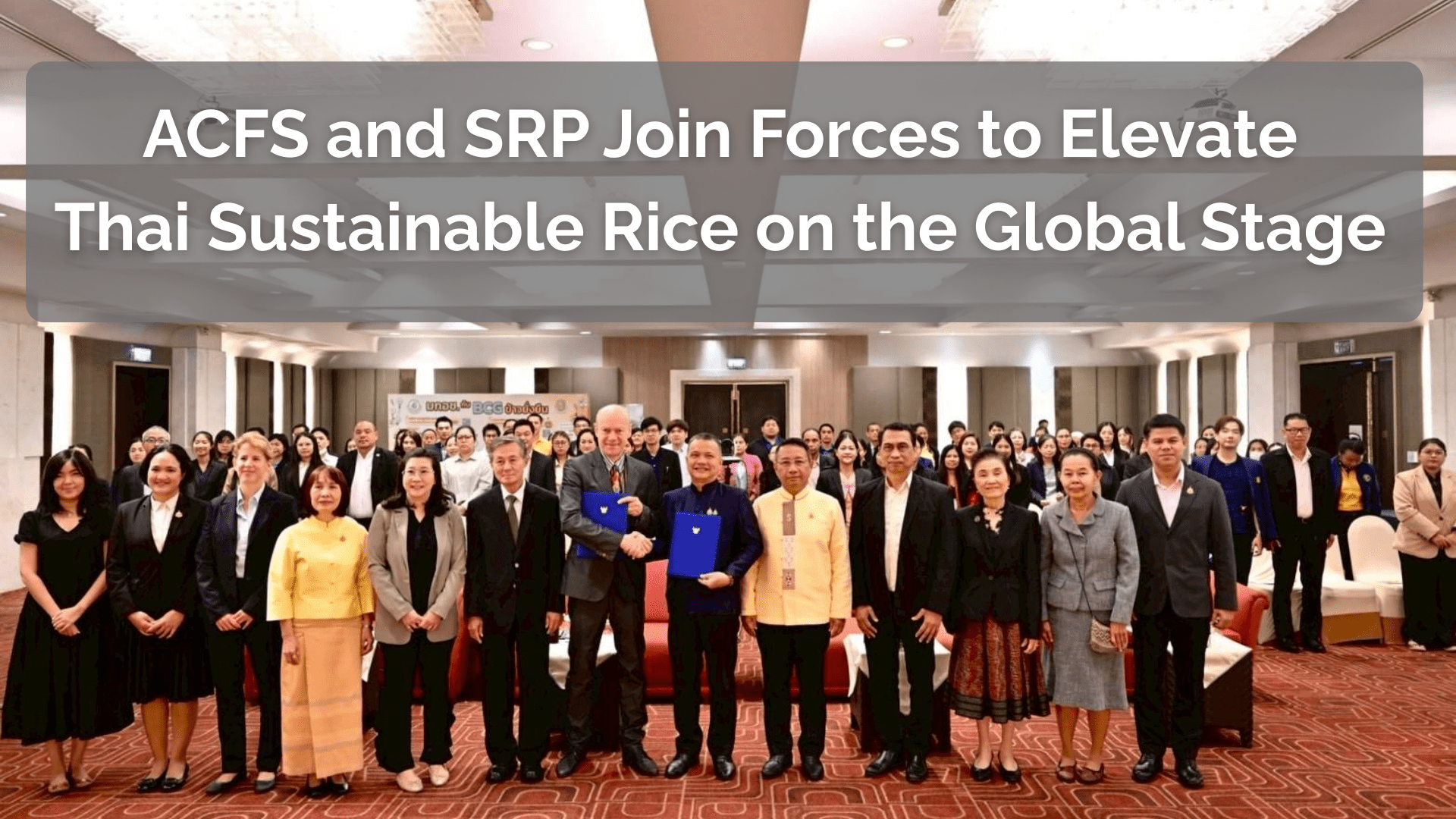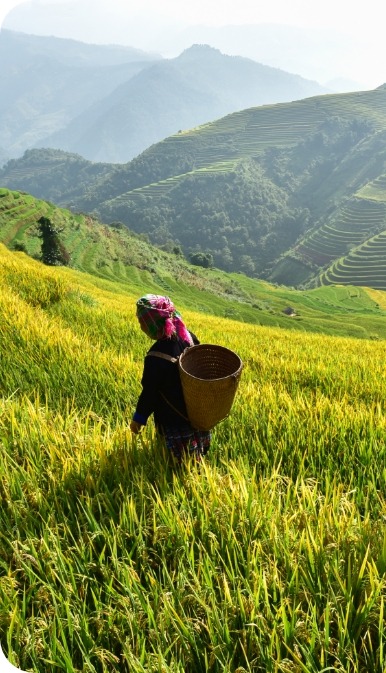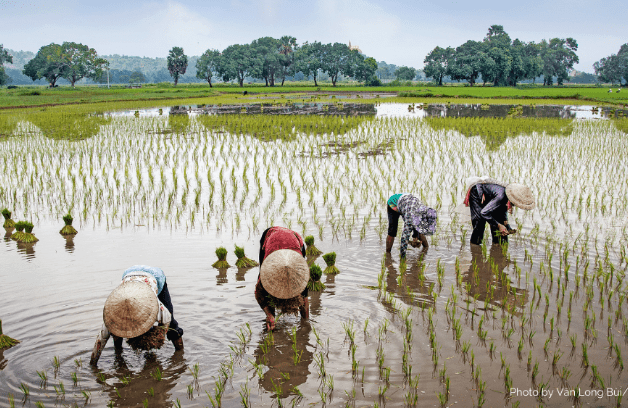
Support smallholders for sustainable rice value chains
Sustainable rice is in the spotlight
In the wake of the UN Food Systems Summit and COP26, we are seeing the climate-agriculture nexus take a more prominent position on the world stage and rice production is in the spotlight. Releasing 10% of global methane emissions, rice-growing landscapes also consume 40% of global irrigation water, use 13% of all fertilizers, and cover 15% of earth’s natural wetlands. At the same time, rice landscapes are vulnerable to climate change – which may lower yields by 15% by 2050 – as well as water scarcity, land degradation, soil salinization, and pest and disease pressures.
Rice farming systems also represent essential opportunities for achieving the SDGs. Supplying one-fifth of the world’s dietary energy, rice is a vital food security crop. A projected net increase of 25% in global rice demand over the next 25 years, paired with downward pressure on productivity, is likely to shrink global rice surpluses. We are seeing some countries respond with a push for rice self-sufficiency such as in Kenya where the National Rice Development Strategy promotes a 7-fold increase in domestic milled rice production by 2030.
Governments, rice sector companies, and global donors are recognizing the importance of sustainable rice production as part of the world’s response to climate change as well as for continuity of supply, rice quality, rural livelihoods, and food security. We see this reflected in company pledges for sustainable sourcing and in the rising visibility of rice in new and updated Nationally Determined Contributions. Fifteen signatories to the US- EU Methane Reduction Pledge include rice mitigation actions in their NDCs. Vietnam’s commitment to reduce methane emissions has it re-evaluating its ‘rice first’ agricultural strategy in the Mekong Delta.
Solutions are waiting in the wings
There are many tested practices and technologies that can increase the sustainability and productivity of rice farming, such as alternate wetting and drying, improved rice varieties, and rice straw management. However, rice farmers commonly operate within value chains that do not enable them to take advantage of such technologies.
While a small proportion of global rice production occurs on modernized farms in structured supply chains, the vast majority is grown in fragmented, low-productivity, high-risk value chains. Rice production is central to the livelihoods of 150 million smallholder farmers who lack assets, land tenure security, and market access. In these smallholder-dominated rice farming systems, we have seen minimal financial investment given generally low margins, high complexity, and uncertain returns.
Recommendations for innovative finance are on the way
Over recent months, we undertook a study of funding needs and opportunities for a transition to sustainable rice landscapes, focused on innovative finance mechanisms for promoting adoption of improved rice production practices. Commissioned by the UN Food and Agriculture Organization and the Just Rural Transition Investment Partnerships, in partnership with the Sustainable Rice Platform and Sustainable Rice Landscapes Initiative, the study findings will be released early in 2022. The report will present ideas for leveraging finance to support rice producers, agri-SMEs, and others to shift the capabilities and incentives within rice value chains toward more sustainable, resilient production methods.
Authors: Christine Negra, Versant Vision LLC, and Tanja Havemann, Clarmondial AG


